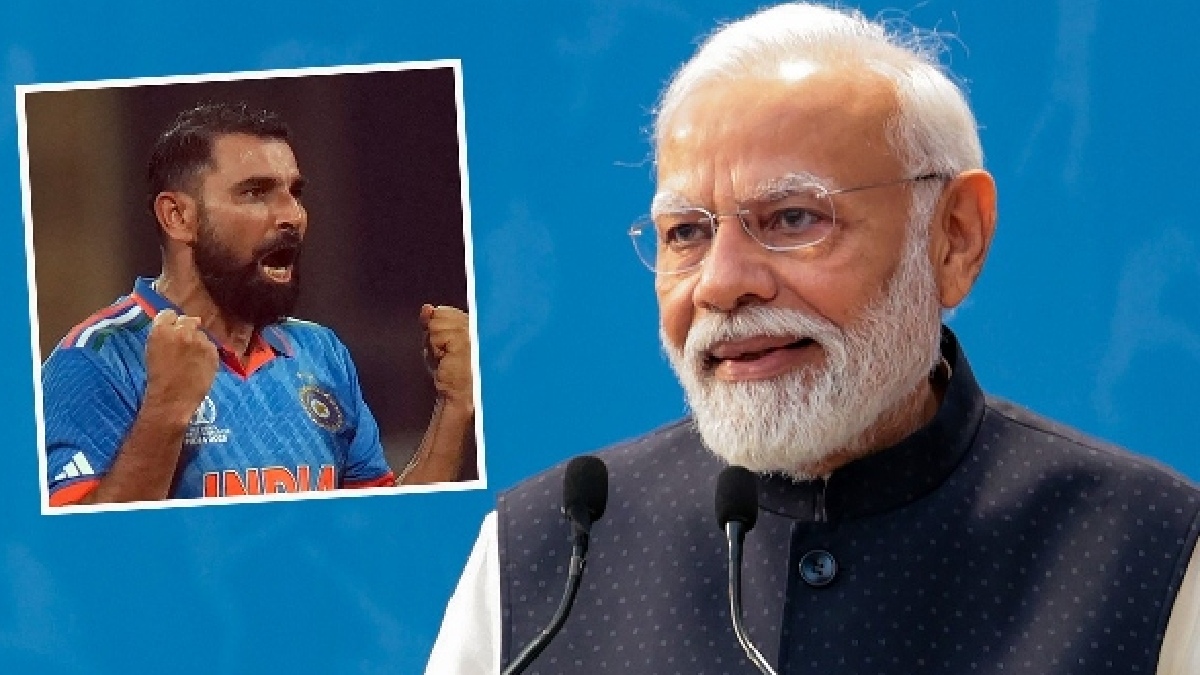Commercialisation of Metro making life traumatic:Experts
New Delhi, Apr 1 (UNI) Experts and citizens have voiced concern at commercialisation of metro stations and elevated arterial routing in the city, and demanded that the facility be kept underground.
Vast concretisation of the national capital because of 205 km of elevated metro tracks on concrete pillars along with covering of city's five per cent land -- half the size of Chandigarh -- around metro stations for commercial development, parking and vendors has had a deep impact on Delhi, Town Planner Kuldip Singh said.
The present 205 km metro track stretch was more than the distance to Agra. A proposed Elevated Ring Road and 35 new flyovers would make this 350 km. This did not include new extensions/routes like the Airport line and Gurgaon extensions, he said.
''The concrete pillars and tracks provide ideal space for encroachments. The process has already started under the Pusa Road tracks in West Delhi that are being used for jhuggies, cooking activities and parking of rickshaws.., all in the middle of the arterial road.'' Building elevated tracks on arterial roads forced the metro to go where it may not be needed. This led to poor ridership and underutilisation. It also added to the distance from the end use so that fewer people end up using it, Singh said.
The direct link between elevated design and increased commercialisation clearly showed how elevated tracks made residential areas unsuitable for residences, forcing or encouraging people to move out and make way for developers. This increased the arterial road's commercial value for builders, he said.
''Land use patterns are quickly altered to accommodate this increased commercial activity. Nursing homes, malls, restaurants and banks take over the area. These quickly acquire traffic jams, hawkers, rickshaw pullers, for example the Karol Bagh Station in West Delhi.'' There was an urgent need to take these routes underground to prevent this activity and to enable the metro to go to the population, shopping and entertainment and office areas like Saket District Centre. Elevated arterial road tracks prevent this, he added.
''Cost recovery built in to metro's financial projections forces the metro project to boost commercialisation. This adds to the city's congestion instead of the Master Plan's stated objective of decongestion by spreading development outwards to suburbs and nodal towns This implies vast numbers will migrate in to the city with easy access looking for employment, leisure and entertainment options that will be created for them if they don't currently exist,'' according to K T Ravindran from School of Planning and Architecture.
Events like the Commonwealth Games force an unnatural speed upon the project that left no time for impact or investment assessment, expert planning inputs, integration with future local body area plans and public understanding. Therefore this effect must be urgently planned, controlled and channelised to get a manageable and sustainable commercialisation that enhances the quality of life in the city rather than detracts from it, he said.
''Time must be given for this planning input. Random announcements of extensions must be withheld till such time this input has been given from city authorities and the public.'' Metros were constructed on land that was deemed to be Railway land under an old law that needed no local permissions for construction.
Unfortunately this was being misused to abet cost recovery through reckless commercialisation, Ravindran said.
MORE
UNI


 Click it and Unblock the Notifications
Click it and Unblock the Notifications




